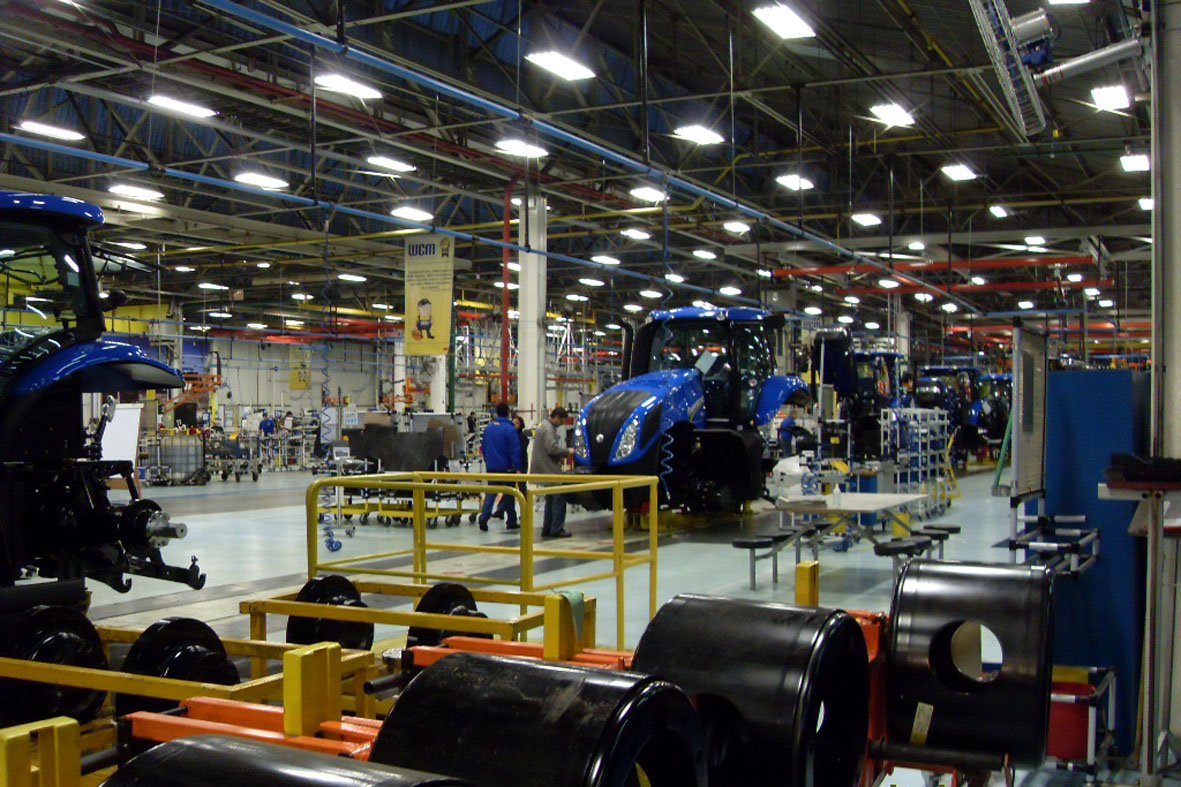Ao fim das investigações, economia deverá melhorar em 3 esferas; entenda
TUDO QUE É FLUIDO DESMANCHA NO AR Adapto a clássica expressão de Shakespeare –e Karl Marx– para me referir à recente revelação e desmonte da intrincada teia de “fluidas”…
TUDO QUE É FLUIDO DESMANCHA NO AR Adapto a clássica expressão de Shakespeare –e Karl Marx– para me referir à recente revelação e desmonte da intrincada teia de “fluidas”…
GLOBAL FINANCE Banking In Brazil | Addicted To Hot Money With the state-owned BNDES ending its subsidized credit lending practice in Brazil, state and private retail banks will have to step…
GLOBAL FINANCE Brazil's Half-Glass Economy With a growing budget deficit, Brazil is struggling to climb out of recession and become globally competitive. OCTOBER 03, 2017 Author: DENISE CHRISPIM MARIN After…
After a strong rising tide starting in the 1990s, financial globalisation seems to have reached a plateau since the global financial crisis. However, that apparent stability has taken place along a deep reshaping of cross-border financial flows, featuring de-banking and an increasing weight of non-banking financial cross-border transactions. Sources of potential instability and long-term funding challenges have morphed accordingly
Project Syndicate Ongoing corruption investigations in Brazil have exposed a tangled network of illicit relationships between private firms, government bureaucrats, and elected politicians. According to one former minister, who…
BRASIL PRECISA INVESTIR MELHOR EM INFRAESTRUTURA A carência de investimentos em infraestrutura desde os anos 80 vem afetando negativamente a produtividade e o crescimento da economia brasileira. A insuficiência é…
28 August 2018 - Otaviano Canuto, Samuel George Dual transitions are under way in Cuba. The island is slowly opening its economy, and a new crop of younger political…
Rank #4: The Future of International Trade and Global Governance Aug 14 2017 Otaviano Canuto (World Bank) Otaviano Canuto, Executive Director at the World Bank, is discussing the future…

COMO REJUVENESCER A INDÚSTRIA BRASILEIRA Meu artigo anterior me gerou comentários de estar menosprezando a relevância da indústria manufatureira para a produtividade e o crescimento econômico brasileiro. Tê-lo-ia feito tanto por…
Otaviano Canuto, World Bank on Trade and Governanceat SOAS University of London. https://www.facebook.com/econ.plus/videos/1436406076414654/
15 July 2017 - Otaviano Canuto, Aleksandra Liaplina The world economy – and emerging market and developing economies in particular – display a gap between their infrastructure needs and the…
O FETICHISMO DOS PRODUTOS Caso não venhamos a superar o desempenho pífio da produtividade média do trabalhador brasileiro das últimas décadas não poderemos sonhar com crescimento econômico sustentado e socialmente inclusivo.…
A produtividade total do trabalho e dos fatores (PTF) no Brasil apresentou aumentos anêmicos nas últimas décadas. Ao contrário da visão comum, as estruturas setoriais do produto interno bruto (PIB) e do emprego brasileiros não podem ser identiicadas como as principais determinantes do desempenho da produtividade. Fatores horizontais e transversais que impedem aumentos de produtividade parecem ter mais peso.
Brazil’s labor and total-factor productivity (TFP) have featured anemic increases in the last decades (Canuto, 2016). As we illustrate here, contrary to common view, sector structures of the Brazilian GDP…
Interactions between access to finance, product innovation, and labor supply are studied in a two-period overlapping generations model with an endogenous skill distribution and financial market imperfections. In the model lack of access to finance (induced by high monitoring costs) has an adverse effect on innovation activity not only directly but also indirectly, because too few individuals may choose to invest in skills. If monitoring costs fall with the number of successful projects, multiple steady states may emerge, one of which defined as a middle-income trap, characterized by low wages in the design sector, a low share of the labor force engaged in innovation activity, and low growth. A sufficiently ambitious policy aimed at alleviating constraints on access to finance by innovators may allow a country to move away from such a trap by promoting the production of ideas and improving incentives to invest in skills.